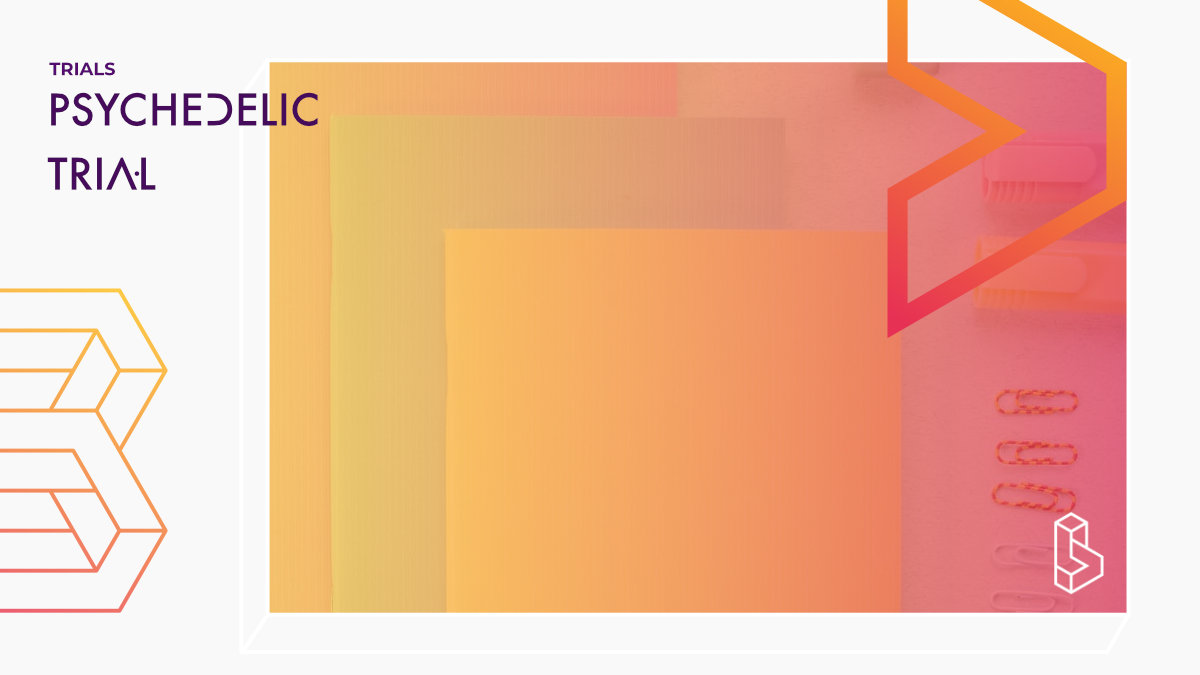This open-label, Phase I trial (n=12) will investigate the effects of different methods of esketamine administration (28 mg nasal spray vs. 28 mg oral solution) with and without CYP3A4 inhibitors (grapefruit juice or cobicistat) on drug absorption and metabolism.
Conducted by Helsinki University Central Hospital, this study aims to determine how these factors influence esketamine concentration in the bloodstream.
The trial follows a four-phase, randomised, crossover design, where healthy adult participants (ages 18–45) will receive esketamine under different conditions. Blood samples will be collected over 24 hours to measure drug levels, with the primary outcome being the area under the plasma concentration-time curve (AUC). Secondary measures include peak concentration, time to peak, and drug half-life. The findings may help optimise esketamine dosing strategies for medical use.
Trial Details
Trial Number
Sponsors & Collaborators
University of HelsinkiThe Korpi Lab at the University of Helsinki is focused on understanding the neurochemical basis of behaviour and has done so using LSD.

